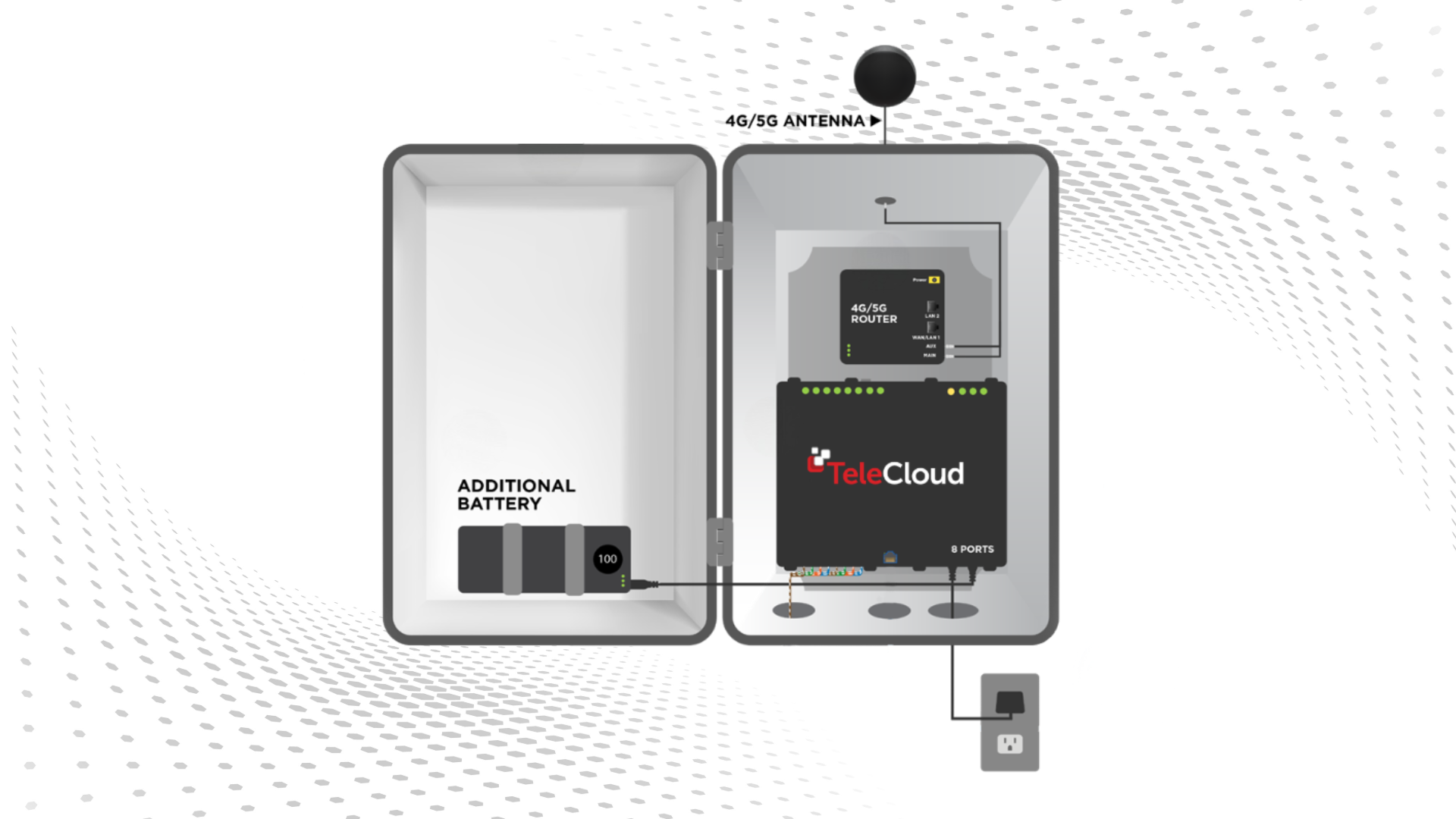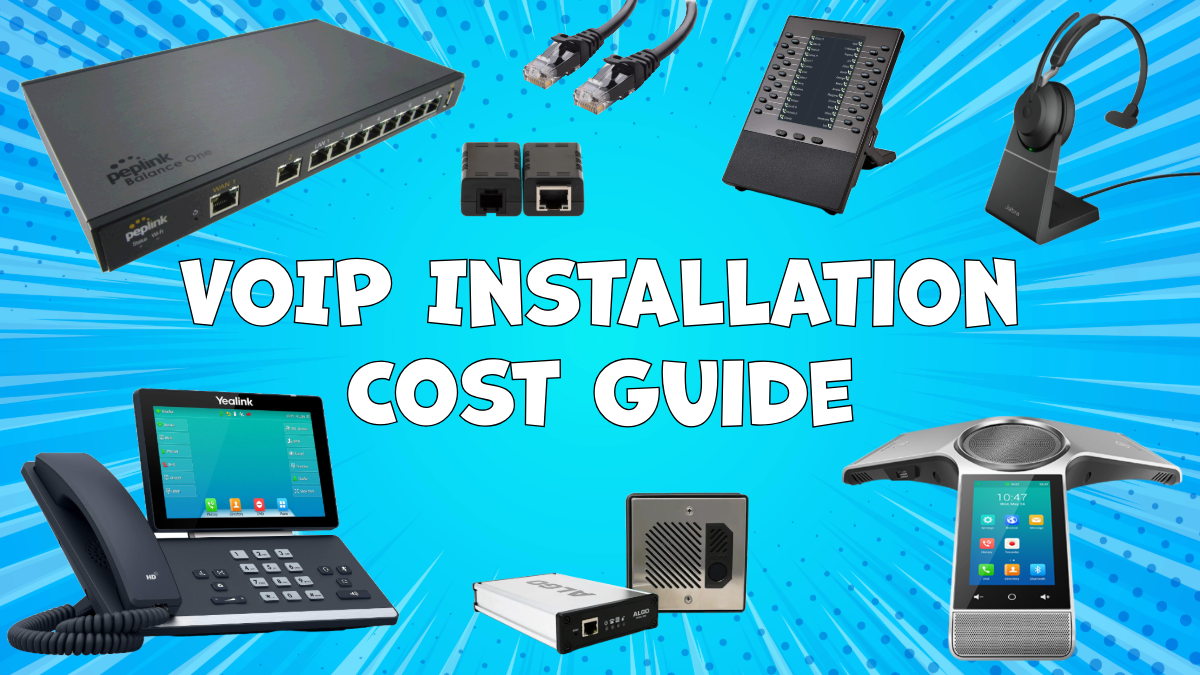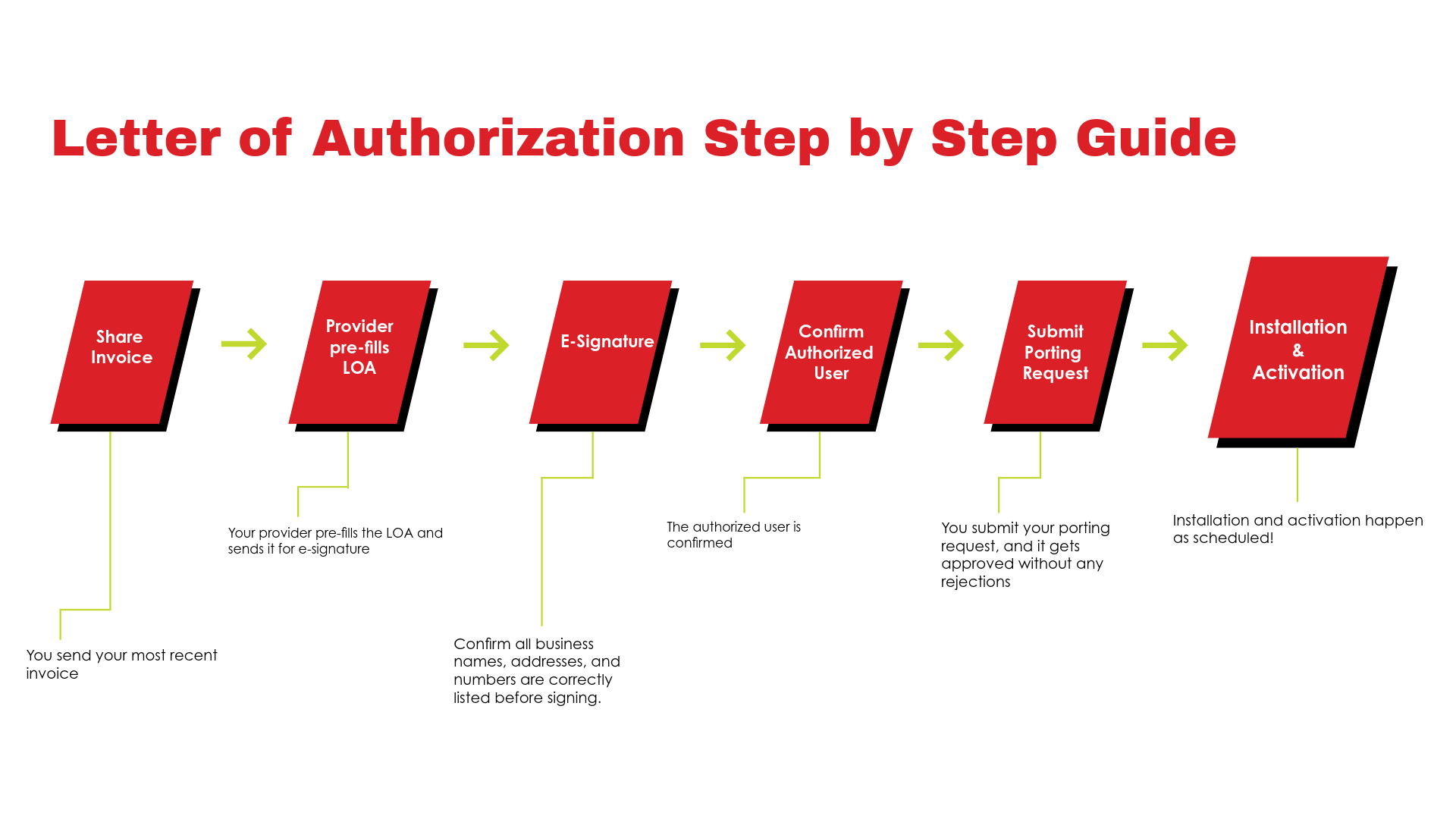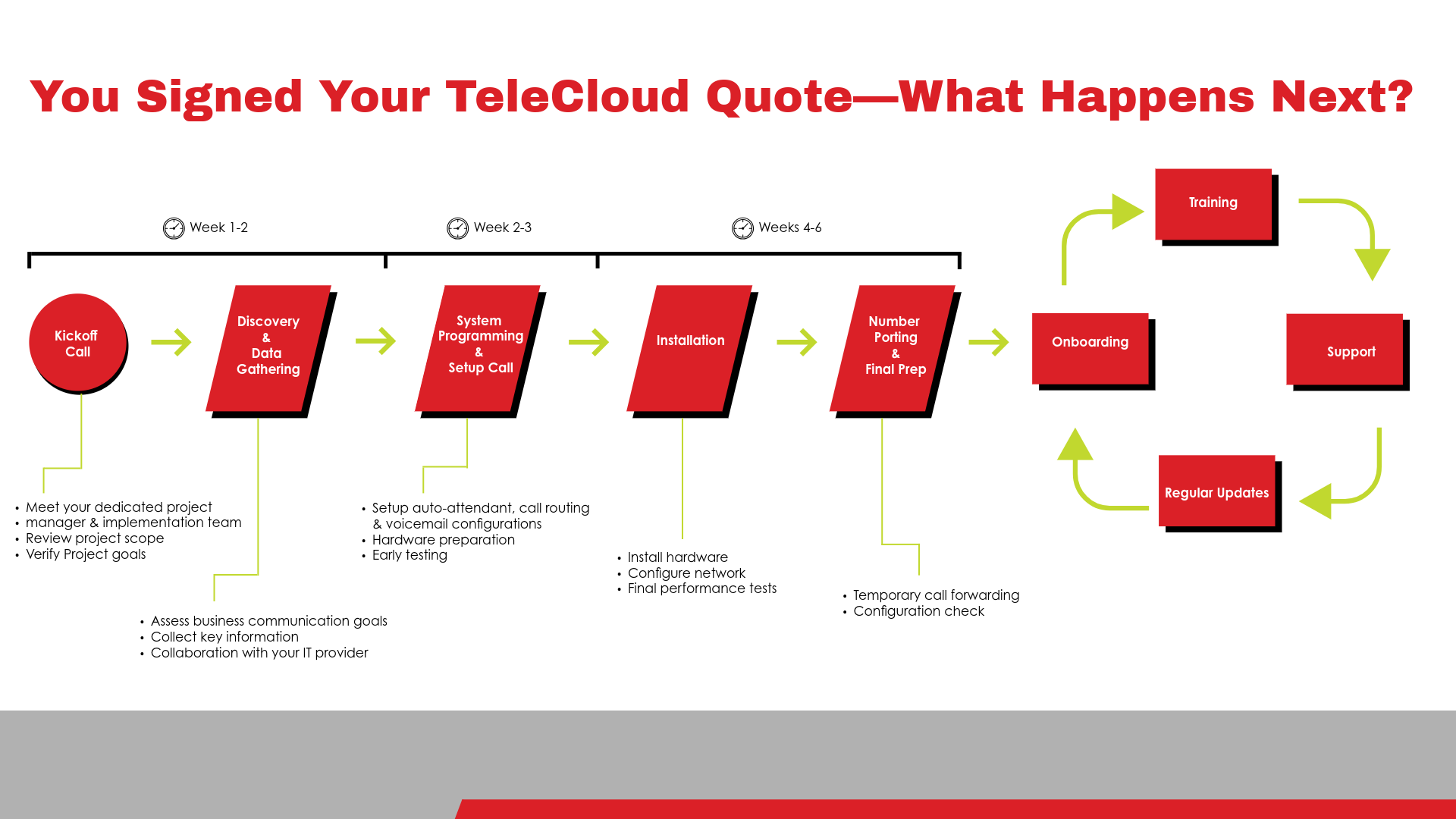VoIP Installation Guide for Businesses with Multiple Offices
June 10th, 2025
4 min read
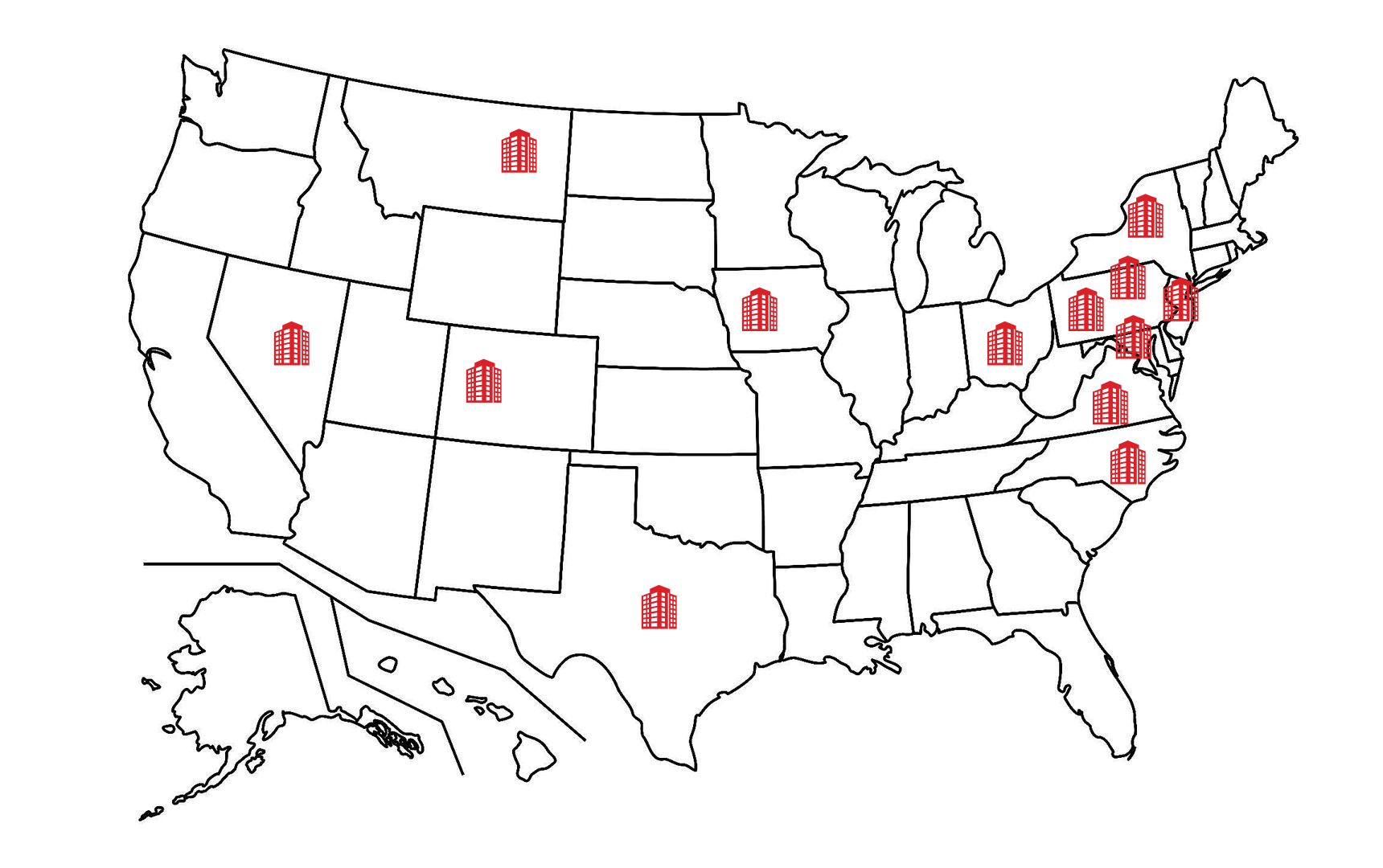
Upgrading your phone system across multiple offices isn't just a technical task—it’s a strategic move. Yet many businesses underestimate the complexity of transitioning from on-premise systems to cloud-based VoIP across multiple sites. From business continuity to equipment logistics and number porting, there's a lot to coordinate.
Without thorough planning, these transitions can create confusion and disrupt service. It's not just about the technology—it’s about building a communications system that supports daily operations at every location.
At TeleCloud, we’ve guided countless multi-site businesses through successful VoIP deployments. We understand the real-world challenges of rollout, training, and long-term support.
This guide outlines each step of the journey—from assessing your current setup and handling number ports to managing headquarters versus remote site configurations. Whether you’re scaling regionally or nationally, this resource will help you minimize disruption and build a smarter, more unified communication infrastructure.
What Should You Know Before Starting a Multi-Office Phone System Installation?
Begin by analyzing your current setup. Many businesses are transitioning from on-premise systems with centralized PBX and VPN tunnels, which create a single point of failure. If the main office goes down, every remote location connected to it could lose service.
Understanding how your phones work across each site and how traffic flows is essential. Evaluate your network architecture and identify any potential risks.
Key questions to ask:
- Do all your offices rely on one central trunk, or do they have individual phone lines?
- Are your numbers tied to specific locations, or can they be centralized?
- Are you replacing an aging PRI circuit or consolidating multiple vendors?
- How many phones are in each office, and what are their current limitations?
The more insight you gain upfront, the more strategic and efficient your rollout will be.
How Do You Plan a Seamless Rollout Across Different Office Locations?
Planning is the foundation of a successful rollout. Full visibility into existing infrastructure and your end goals is essential. For instance, if you’re deploying 10 phones at three different locations, coordinate installations in parallel to streamline cutover.
If in-person visits or an onsite survey aren’t feasible, pre-ship phones and have users perform basic tests like verifying call quality, voicemail access, and menu navigation. Testing beforehand minimizes surprises on go-live day.
Consider staffing, building access, IT support, and local network configurations. Always have contingency plans for shipping delays or technical issues.
Additional planning tips:
- Map each site's phone counts and user needs
- Confirm delivery and setup timelines
- Test power, connectivity, and local network configurations
- Provide clear documentation for local IT or facilities teams
Proper planning builds confidence, avoids delays, and sets realistic expectations. One company, for example, prevented rollout delays by coordinating early network assessments and pre-shipping configured phones to test devices ahead of go-live.
How Should You Coordinate the Phone Number Porting and Cutover Process?
Phone number porting is often the most delicate phase. Because most ports occur during business hours (8 a.m.–5 p.m. EST), it’s crucial to plan around time zones and staffing.
To minimize downtime:
- Pre-program everything, including auto attendants and voicemail
- Forward calls temporarily to cell phones or backup lines
- Avoid relying on the losing carrier—legacy providers often restrict porting schedules or call rerouting
Work closely with your provider and communicate expectations clearly to your staff. Everyone should know what’s happening, when, and who to contact if issues arise.
Before porting, test voicemail, forwarding paths, and backup routing to ensure you’re ready for any hiccups.
What Are the Differences Between Centralized HQ Installations and Smaller Remote Sites?
In a cloud-based setup, all phones can function as if they’re under one roof, allowing for shared auto attendants, directories, and call flows. That said, if you want separate routing or local branding for each site, that’s totally possible too.
The flexibility of cloud platforms means that your system can be designed around your workflow rather than physical constraints. However, installation considerations still vary depending on site size, staff count, and available IT support.
For larger HQ installations, consider:
- Dedicated onsite installation teams
- Advanced network infrastructure (e.g., VLANs, QoS)
- Accurate E911 location setup
- Custom call routing and paging systems
For smaller or remote sites, you may need:
- Pre-configured, self-install kits
- Light-touch IT configuration
- E911 setup guidance
- Remote support tools
Aim for a seamless, consistent user experience company-wide while allowing for local flexibility.
What Are Common Mistakes in Multi-Office Installations—and How Can You Avoid Them?
Frequent oversights include:
- E911 Misconfiguration: Phones moved without updating addresses can route emergency calls incorrectly. (Quick tip: dialing 933 will tell you what your phone-coded geolocation is set to)
- Paging Limitations: IP-based paging may require new hardware for cross-office communication.
- Overlooking Fax/Alarm Lines: Always audit all existing communication lines, even underused ones.
- Siloed Thinking: Treating offices as disconnected leads to inefficiencies. Use centralized tools.
- Poor User Training: Teams may default to old habits, undercutting new features.
- Unstandardized Hardware: Mixing phone models and network gear across sites complicates support and training.
Avoiding these pitfalls improves reliability and system management. One misstep—like skipping E911 address updates—can have serious consequences.
How Can You Ensure a Seamless User Experience Across All Locations?
Your system's success depends on user adoption. Ensure your team sees the new system as an upgrade.
To drive adoption:
- Share concise user guides for each phone model
- Host short demo sessions of key features
- Emphasize how to reach team members across locations
- Provide workflow examples that save time
Gather feedback through email surveys, team meetings, or quick polls to stay ahead of adoption issues. Encouraging questions and celebrating early wins can help turn hesitant users into advocates.
A key piece is getting everyone to move past "how it used to work" and embrace new efficiencies. That shift in mindset can turn reluctant users into system champions.
How Should You Manage Your System After All Locations Are Live?
Consistency is key for long-term success. Standardize your system and simplify future updates.
Post-install best practices:
- Use consistent phone models and network equipment
- Label and document all device setups by location
- Work with the same IT partner across offices
- Maintain centralized documentation of inventory and call flows
Schedule regular reviews with your provider to adjust for growth or changes in staff or operations. A standardized, documented setup makes maintenance and troubleshooting far easier.
How to Set Your Business Up for Long-Term Success
Rolling out a VoIP system across multiple locations can be smooth and rewarding with the right approach. It’s not just about matching your old setup—it’s about improving it.
Don’t treat your new system like your old one. Modern cloud communication enables flexibility, centralization, and smart workflows—if you plan accordingly. That planning should include a thorough inventory, tailored install schedules, coordinated number ports, structured training, and consistent post-install support.
TeleCloud helps businesses turn legacy phone systems into intelligent communication platforms—whether you have 2 offices or 200. With boutique service and deep expertise, we make your rollout seamless and scalable. Let us help you unlock the full potential of intelligent communications for your business.
Need help rolling out a new phone system across multiple locations? Talk to a TeleCloud expert today to make every office migration smooth and successful.
Topics:

